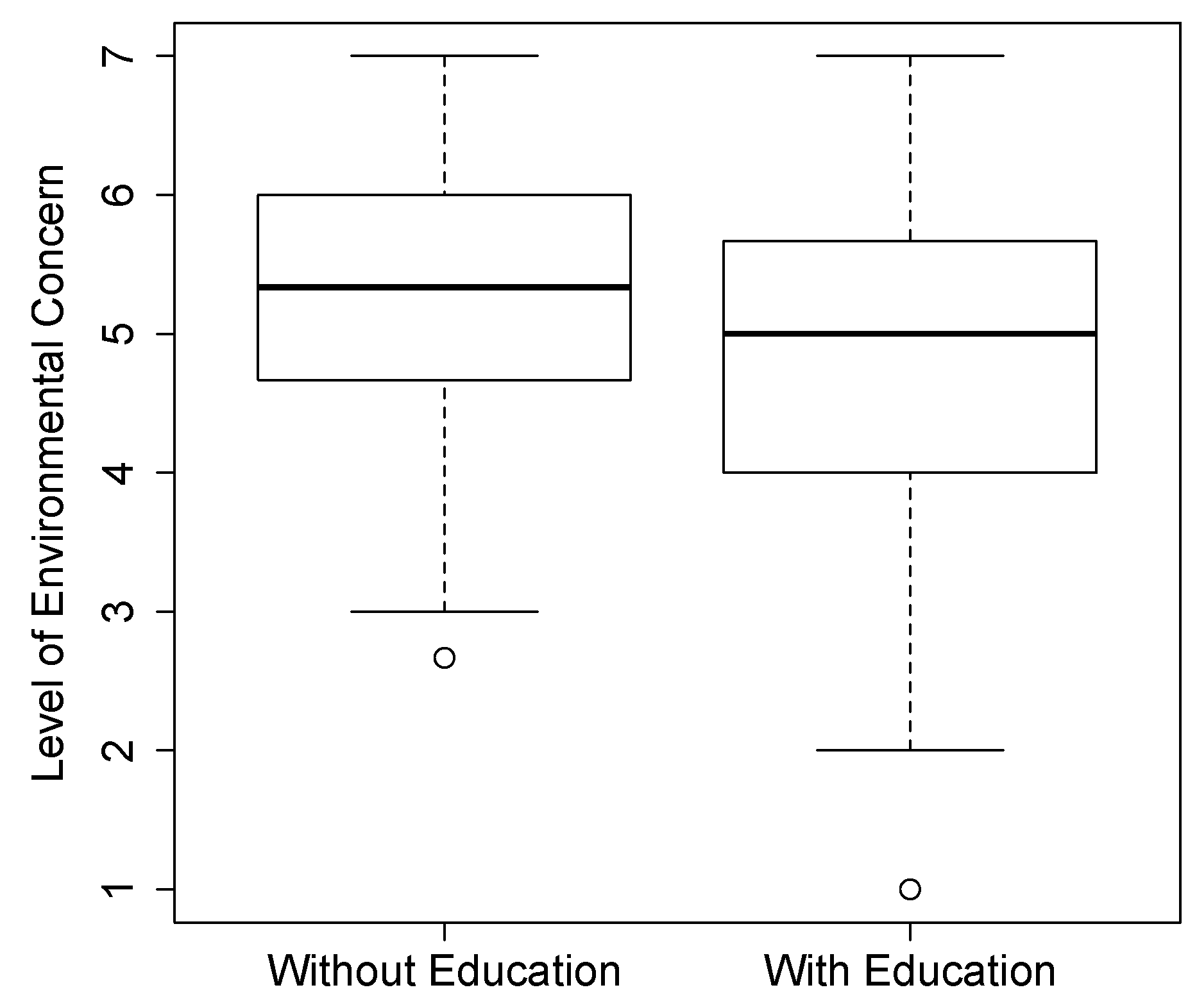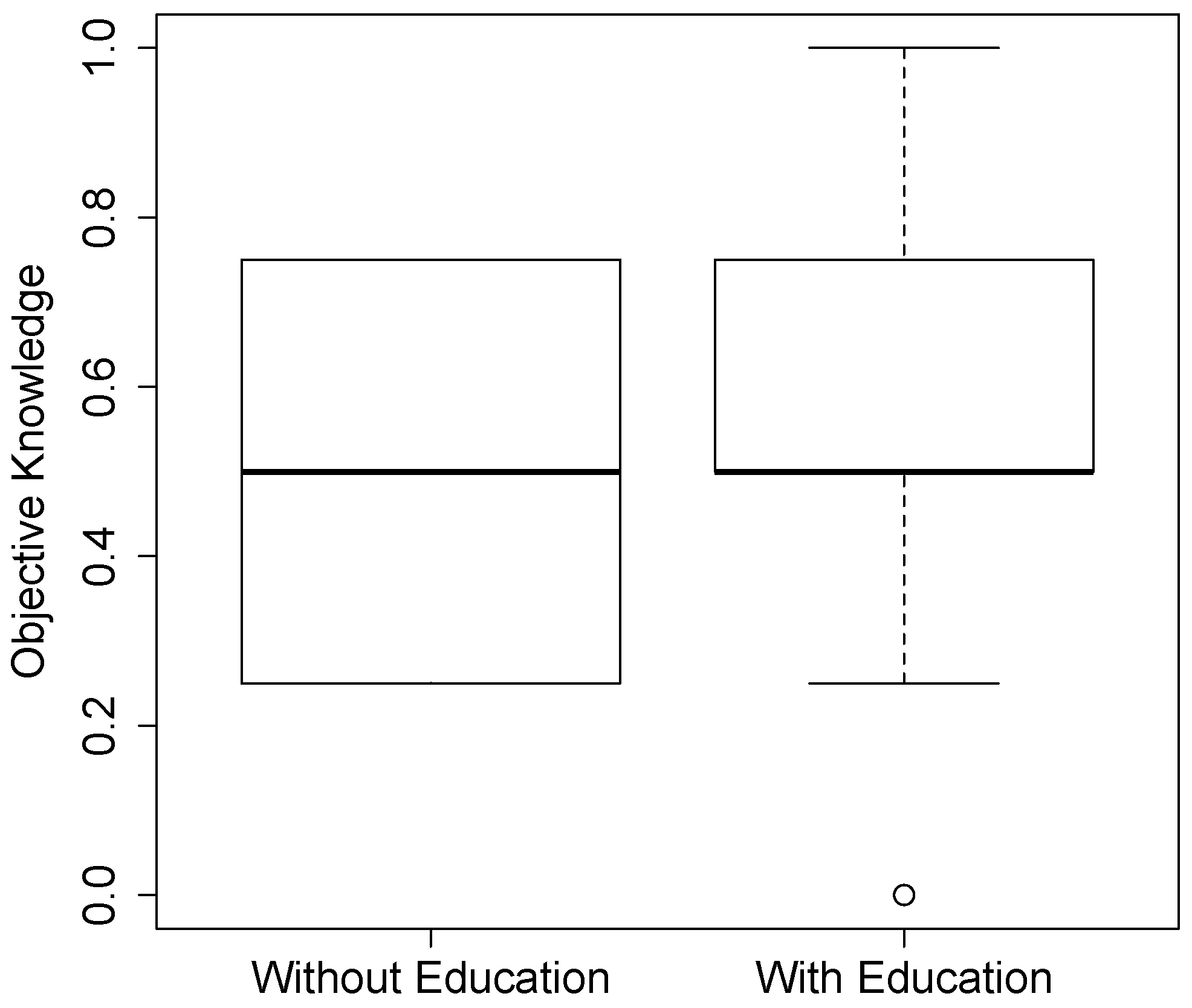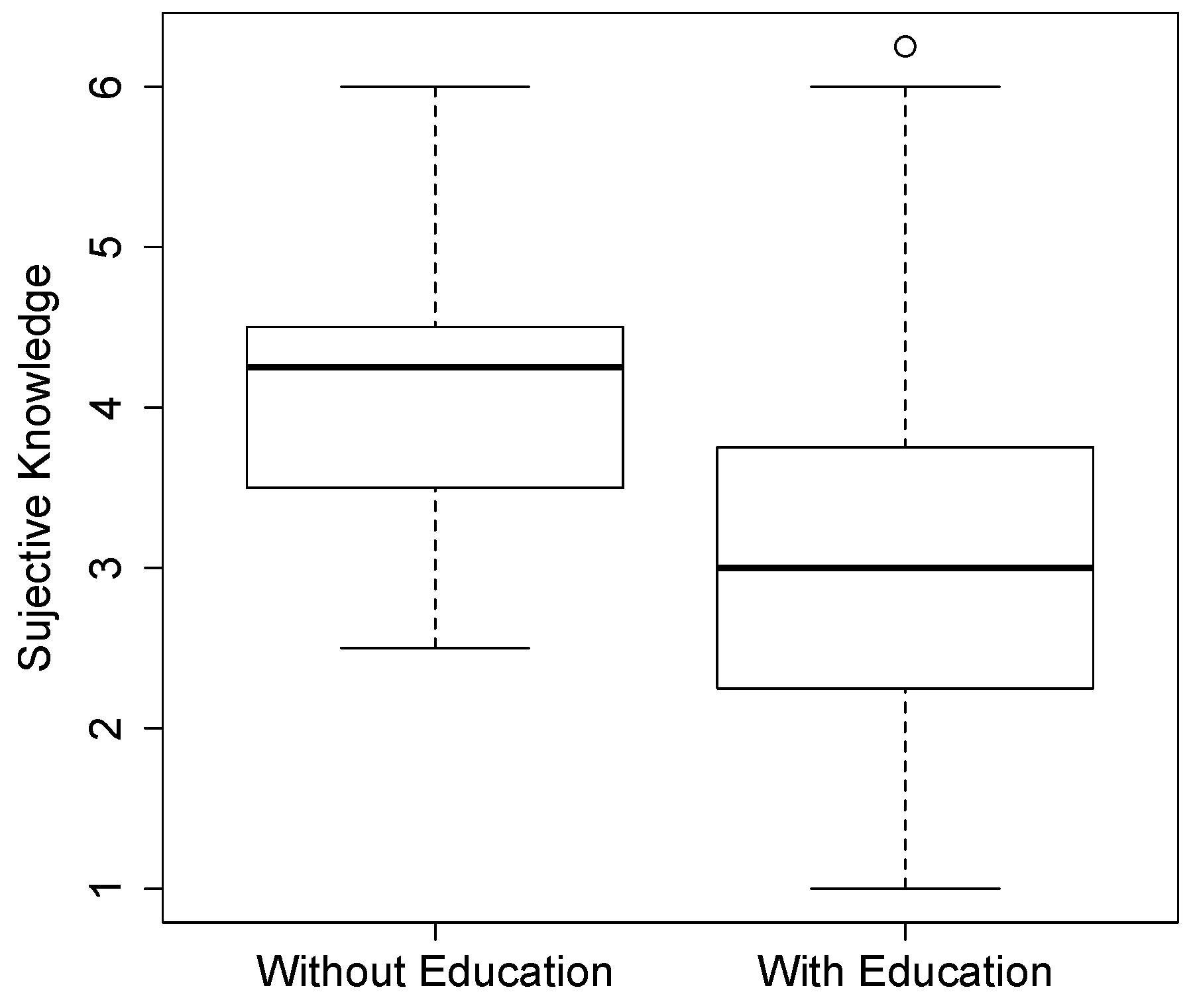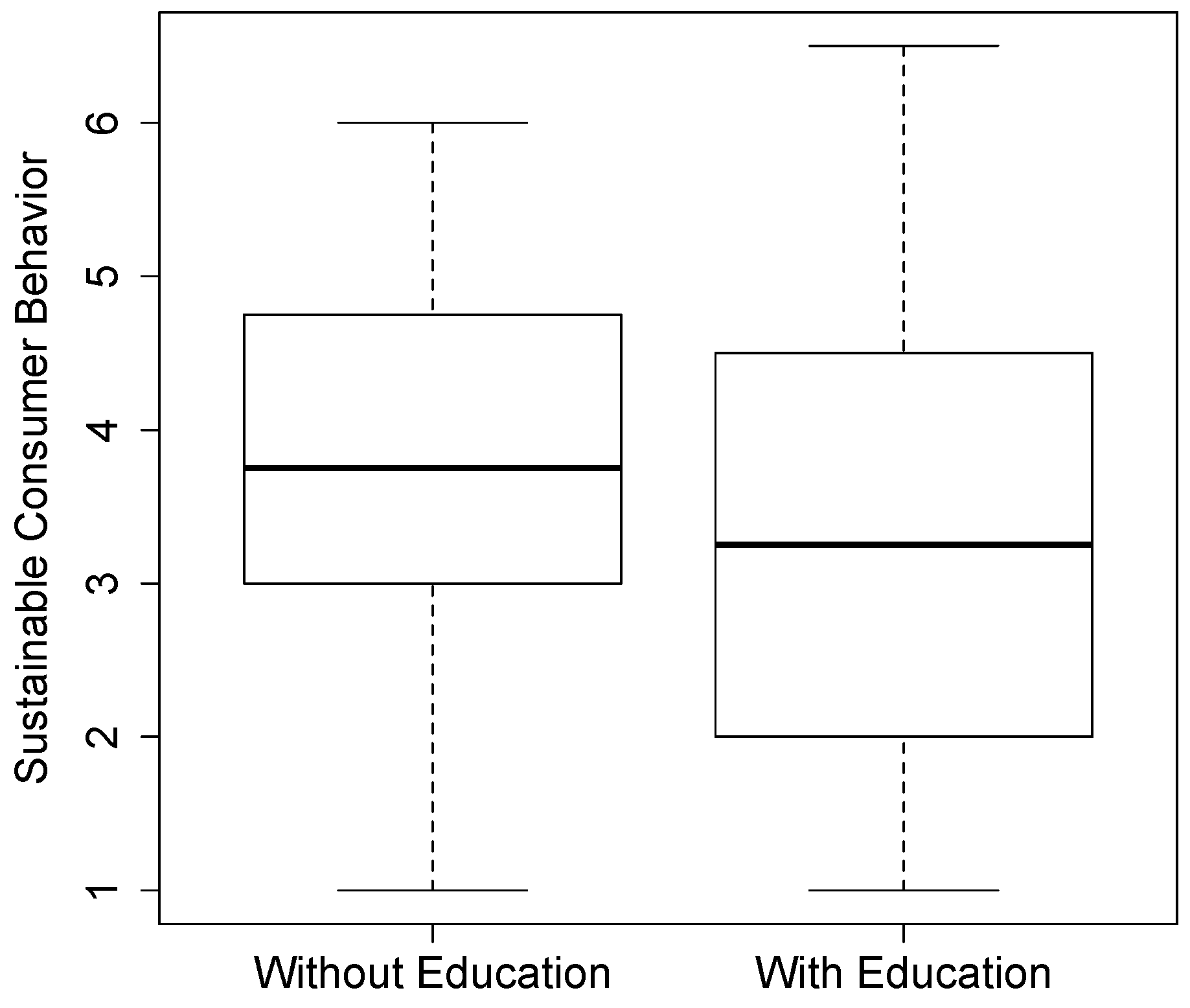1. Introduction
Since the introduction of the concept of sustainable development in 1987 by World Commission on Environment and Development (
Strategic Imperatives–UN 1987), sustainability has been used as a successful approach to shaping the international agenda and the international community’s attitude towards economic, social, and environmental development. Facing the challenges posed by global environmental change, a global research platform, the Future Earth, was established in 2015 by the United Nations. According to
Future Earth (
2014), it is necessary to create a new approach that can link various disciplines from social sciences to natural sciences and establish a global innovation system as global sustainability threats are interconnected. It suggests that all stakeholders should actively participate in the process of developing a holistic and interdisciplinary approach to tackle the challenges. Sustainability has become a crucial issue for organizations in recent years, and increasingly, companies across various industries are embracing the concept by implementing sustainability initiatives to enhance the environment as well as their own competitiveness (
Rusinko 2007).
Reflecting current trends of sustainable development in the industry, many higher educational institutions in the United States have integrated sustainability into their curricula (
Kevern 2011). Some U.S. universities are integrating sustainability by creating a new major, minor, program, or concentration in this area (e.g., St. Petersburg College—Bachelor of Applied Science in Sustainability Management; UC Irvine—Minor in Global Sustainability; George Washington University—Master of Public Health, Environmental and Occupational Health Focus; Northeastern University—MBA Sustainability Concentration; Johns Hopkins University—Master of Science in Environmental Science and Policy). However, a greater number of programs are implementing sustainability with a narrower focus by developing a standalone course within an existing program (
Rusinko 2010).
The purpose of this study was to examine sustainable behaviors and social responsibility perceptions among U.S. university students enrolled in construction-related courses. Social responsibility can be defined as a set of obligations an individual or organization “has to protect and enhance the society in which it functions” (p. 127) (
Davidson and Griffin 2000). In an attempt to measure the effectiveness of sustainable construction courses, this study categorized students based on their experience of taking the course and compared the results in terms of their level of environmental concern, objective and subjective knowledge related to the course content, and sustainable consumer behaviors. Particularly, while the importance of sustainable education in the engineering and construction field is highlighted in several published studies, how sustainable education in university level affects sustainable consumer behavior is not addressed. Previous studies have suggested that an individual’s knowledge or awareness about sustainability issues has an effect on engaging in sustainable purchase behaviors (e.g.,
Aertsens et al. 2011;
Bamberg and Möser 2007). Thus, this study examined whether sustainable education has a positive influence on performing sustainable behaviors, not limiting the notion to engaging in sustainable practices as industry professionals but expanding it to performing other general behaviors including sustainable purchase behaviors as an individual consumer.
2. Literature Review
Since the United States Green Building Council (USGBC) launched Leadership in Energy and Environmental Design (LEED) version 1.0 in 1998 and version 2.0 in 2000, the certification system has grown to include a portfolio of nine rating system products that serve specific market sectors in the construction industry (
Richards 2012). LEED has grown to become the world’s most widely used green building rating system, with nearly 80,000 projects participating in LEED across 162 countries, including more than 32,500 certified commercial projects (
U.S. Green Building Council 2015).
In accordance with the trend in the construction industry, an increasing number of construction-related programs in the United States are embracing the concept of sustainability, offering sustainable construction courses that highlight sustainable design and construction practices. These courses have mainly focused on green building strategies for design and construction of built environments, such as site selection, water efficiency, energy, and materials and resources, and indoor environmental quality for students’ career development and technical knowledge, rather than politics, regulations, green movement, and social responsibility. The M.E. Rinker, Sr. School of Building Construction at the University of Florida that established the first USGBC student chapter in 1998 applied its sustainability educational objectives through 10 major instructional areas (
Sullivan and Walters 2013). Among the 10 major instructional areas, only one area covers ethics in construction while other instructional areas cover LEED design criteria and construction strategies such as Building Information Modeling (BIM) to measure energy and water efficiency, the LEED system, and the LEED scorecard to evaluate the sustainability of a design, site development strategies, and so on (
Sullivan and Walters 2013).
Application of sustainability embraces technological, environmental, economic, and social factors. Sustainability can be achieved by active participation from professionals in different fields (
Libra 2007). An integrated approach by professionals from different areas can provide solutions for the sustainability problems that our society caused (
Mihelcic et al. 2003). There were various initiatives to integrate sustainable education transversally within university degree programs (
Soria et al. 2013).
Similar to most engineering intensive program for the career development in higher education in the United States, sustainable construction education in Europe is generally centered on developing the ability to apply current knowledge of sustainable building and adapt to emerging applications of mathematics, science, engineering, and technology.
Soria et al. (
2013) suggest the introduction of sustainable development as a transversal skill for each thematic unit of the class that leads to completely modifying the content. An implementation of the proposed methodology by
Soria et al. (
2013) was incorporated into a construction engineering department course in a Spanish university to demonstrate the value of including sustainable development education transversally to cover technological, environmental, and social aspects of the sustainability. From the surveys taken at the end of the course, the results showed positive responses from the students who took the transversal course. After completion of the course, students answered that awareness of the current sustainability problem, belief in practicing their profession in a sustainable way, and their qualification to practice a more sustainable construction are increased or strengthened (
Soria et al. 2013).
3. Sustainability Education in Construction
In general, construction related training and education programs in the United States are accredited by the American Council for Construction Education (ACCE) or the Accreditation Board for Engineering and Technology (ABET). The ACCE is mainly focused on construction education programs to accredit at the associate, bachelor’s and master’s degree levels. ACCE accreditation is generally reflected and served for the interest of three parties: (1) students, (2) the construction industry, and (3) owners/users of constructed facilities and the public at large (
ACCE n.d.). The ABET has many different accredited programs in the disciplines of the applied and natural sciences, computing, engineering, and engineering technology at the associate, bachelor’s and master’s degree levels. ABET construction-related programs have maintained its accreditation under engineering programs by the Engineering Accreditation Commission (EAC) or engineering technology programs by the Engineering Technology Accreditation Commission (ETAC) (
ABET n.d.). Due to the tremendous expansion of the USGBC and its LEED program in recent years, both accrediting agencies include environmental coursework with its approved curriculum (
Tinker and Burt 2004). ACCE guidelines even mandate that environmental issues and sustainable construction be covered as parameters affecting project planning (
ACCE n.d.). Most of the course structure is generally based on sustainable building practices. Students can explore the green building strategies used in the design as well as the construction of sustainable buildings including site selection, water efficiency, energy, materials/resources, and indoor environmental quality using traditional instruction methods. Although the course provides a general concept of the sustainability at the beginning of the class, most class materials only offer to identify the major environmental and resource concerns that precipitate the sustainable building movements and explain their impacts, rather than social responsibility.
6. Discussion
The environment is a major concern in communities around the world due to our growing awareness of global warming, climate change, air pollution, desertification, and the loss of biodiversity. Considerable efforts are being devoted to encouraging the adoption of the concept of sustainability to minimize our impact on the environment and maximize the resulting social and economic benefits. In light of the challenges and issues associated with construction activities, the building industry has begun to develop more sustainable construction methods. Many construction-related programs in the United States are also developing and offering courses that highlight sustainable design and construction practices. In spite of the growing interest, very little has been known about the effects of sustainability education on students’ perception of related issues. Understanding college students’ perceptions of sustainability is important because they will soon become the generation that is responsible for driving the economy and maintaining a sustainable society (
Jeong et al. 2015).
This study examined sustainable behaviors and social responsibility perceptions among U.S. university students enrolled in construction-related courses. In an attempt to measure the effectiveness of sustainable construction courses and learning outcomes, this study categorized students based on their experience of taking such course(s) and compared the results in terms of their level of environmental concerns, objective and subjective knowledge, and sustainable consumer behaviors.
Sustainable construction education is not limited to delivering information about green building strategies used in the design and construction of sustainable buildings, but it also incorporates general sustainability knowledge. Therefore, it was initially expected that students who had taken the course would have greater levels of environmental concern and be more engaged in performing sustainable consumer behaviors. However, the results were opposite to our initial belief; environmental concern and sustainable consumer behavior scores were significantly lower among students who had taken the course than among those who had not. The findings imply that the current sustainable construction education offered in engineering-related majors has limited effects on motivating students’ environmental attitude and behaviors. Perhaps, it needs to put more focus on incorporating general sustainability principles and ethical concepts along with delivering domain specific knowledge and its implementation in the construction industry. It is crucial to obtain technical knowledge of sustainability as a construction professional, but students also need to understand the original concept of sustainability that can inspire individuals and organizations to become better environmental stewards and create a positive social impact.
Regarding the results of two types of knowledge, both objective and subjective knowledge scores were relatively low in our sample. There was no difference between the two groups in the objective knowledge scores and unexpectedly, subjective knowledge scores were significantly lower among students who had taken the course as compared to those who had not. This means that those who have not been engaged in sustainability education feel more familiar with the topic than those who have actually had the opportunity to learn about the subject. When examining the relationship between subjective and objective knowledge, the results show that they are not significantly correlated, which suggests that a student who believes he/she is knowledgeable about sustainability issues in construction does not, in fact, possess the accurate knowledge. The findings regarding the two types of knowledge in this study are similar to the findings in
Ellen’s (
1994) study that showed that not only was objective knowledge about pro-ecological behaviors generally low among university students, but it had an insignificant relationship with subjective knowledge. The limited relationship between the two knowledge types deserves further attention. The complexity of understanding sustainability concepts may have caused students to lose confidence and familiarity about the topic. Further examination is needed to understand students’ perception in this area. Moreover, as the two constructs appear to be distinct measures of knowledge, it would be meaningful to see which type of knowledge has a stronger influence on performing sustainable behaviors including engaging in socially responsible activities as industry professionals as well as performing other general behaviors that enhance the well-being of our environment and society.
Fransson and Gärling (
1999) suggest that a necessary condition for performing sustainable behaviors is an increased level of knowledge about the negative effects and consequences of environmental deterioration. Thus, sustainability education will be of great importance to help improve students’ engagement in sustainable behaviors by providing necessary information to them. According to the findings of this study, the current sustainability courses do not appear to improve students’ sustainability knowledge and their familiarity level on the topic. The findings suggest that the current sustainable education offered in U.S. engineering and technology programs is in need for further enhancement. Educators may consider redesigning the courses so that they accurately embody a rigorous set of study units that are aligned with industry needs and increase student’s objective knowledge level. Furthermore, these courses should be developed to be adaptable to the diverse needs of students to create an engaging learning environment. By offering relevant academic contents and activities, students may increase their level of subjective knowledge, in other words, feel more familiar with and confident in the topic as a result of taking the course.
Perhaps, taking only one sustainability course may have not significantly influenced student perceptions or outcomes. There are multiple ways to integrate sustainability in higher education. For example,
Lozano (
2006) suggested a narrow and broad approach involving individual program specific and university-wide or cross-disciplinary requirements, respectively. In addition,
Rusinko (
2010) presented a model of how sustainability can be integrated into higher education curricula. There were four options in her model: integration of sustainability education within existing courses as a new topic or module; integrating it into common course requirement across the university; creating a new discipline-specific program, major, minor, or course; and creating a new cross-disciplinary course, program, major, minor, or course. Faculty and administrators need to closely examine their objectives and student needs and identify the best option to make better strategic decisions regarding sustainability education. This study used a narrow focus of testing the effect of taking program-specific sustainability course(s) which seems to be a more common approach of adopting the sustainability in most construction-related programs in U.S. universities. Although institutions of higher education are investigating ways to incorporate sustainability into their curricula, extremely limited information is offered concerning their effects, particularly based on distinctive ways sustainability is incorporated into their curricula. Considering the growing number of sustainability courses and programs that are being developed, it would be important to investigate this topic in higher education where should be focused.
While this study made contributions by offering information about the effects of sustainability education on students’ perception and outcome, it has several limitations that can provide suggestions for future studies. First, this study incorporated a posttest only design which is susceptible to internal validity threats. Students were assessed once after taking the sustainability course and their pre-existing knowledge and attitudes about environmental issues may have had an influence on their posttest scores. Future studies could include a pretest that can be used to assess the equivalency of groups prior to taking the course. Another limitation involves the items that were used to measure constructs of this study. For example, the measure of sustainable consumer behavior is based on self-reports that may not truly reflect one’s actual behaviors. Furthermore, there were only four items to measure this construct, which may not be sufficient to provide an overall depiction of students’ purchasing behaviors. Future studies can measure behaviors in diverse areas of sustainable buying from observation or previous purchase history to reduce social desirability bias and enhance the validity of the measurement.









